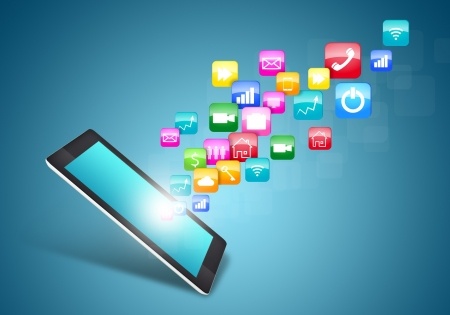
With the decree, tariffs such as the Installation Inspection Fee (TFI) – charged on chip activation, and the Operation Inspection Fee (TFF) – charged annually on each chip, will be reduced. In the case of M2M systems using cellular mobile networks, the TFI over each device will be reduced from R$ 26.83 to R$ 5.68; TFF will change from R$ 8.94 to R$ 1.89.
For the Minister of Communications, Paulo Bernardo, the measure will promote the growth and development of the sector. "Today in Brazil there are 8 million M2M accesses, which represents only 3% of total mobile accesses. In 2016, with the exemption, we estimate that the number of M2M devices would increase from 17.5 million to 23.3 million, a growth of 33%", evaluates Bernardo.
Until the decree was issued, there was a distortion that prevented the development of M2M communication systems in Brazil: despite being generally cheaper than a cell phone and generating lower revenues than a conventional cell phone bill (as they do not make phone calls and through a reduced volume of data), M2M devices paid the same amount of enforcement fees as standard cellular access.
Management Chamber
To manage the process of exemption and development of the M2M communications sector, the Ministry of Communications will create a management and monitoring chamber for the development of machine-to-machine communication systems, ensuring the effectiveness of the government incentive to the sector.
tax impact
The regulation of the exemption of M2M devices will have no fiscal impact in 2014, since the inspection fees of the Telecommunications Inspection Fund (Fistel), under Anatel's responsibility, are collected in March of the following year. For 2015, it is estimated that the government's tax waiver with the M2M exemption will be in the order of R$ 110 million.
Brazilian leadership
According to industry data, 50 billion devices will be connected by 2020, generating a market volume of US$ 14 trillion. Brazil makes up the group of 10 countries that lead the sector in the world, which represents an opportunity for the country to leverage the domestic market and stimulate the economy and the development of the national industry.
M2M
M2M devices are used in various strategic sectors of the economy and contribute to increasing productivity in these sectors. M2M communication systems have the potential to increase the efficiency of production processes and service provision by allowing real-time measurements and dynamic decision-making, with the aim of reducing costs, minimizing failures and waste and increasing safety. Examples:
- Industry: automation through robotics in production processes (smart factory);
- Electric energy: smart meters and monitoring of transmission lines. In 2015, electricity concessionaires should offer customers the option of installing smart meters. With this, users will be able, through machine-to-machine communication, to have access, in real time, to data about the electric energy bill, better consumption times, load balancing, receive alerts, etc.
- Public security and defense: monitoring of security areas and incident response;
- Logistics: tracking and security of transport of people and cargo;
- Urban mobility: public transport with tracking. The policy established by Denatran determines that, in 2015, all vehicles will leave the factory with modules for tracking on board. The use of M2M communication will allow manufacturers to monitor the vehicle to know consumption, maintenance, emissions, etc. From a public management point of view, it will prevent theft/theft of vehicles/cargo, control traffic, restrict access to urban areas, monitor speed, etc.
- Agriculture: automated irrigation, automated planting, crop monitoring;
- Health: remote diagnosis (eg cardiac monitoring). In the case of chronic patients, it is possible to monitor them remotely, so that if there is any change in the quality of health indicators, the medical service is called to take care of the person.












